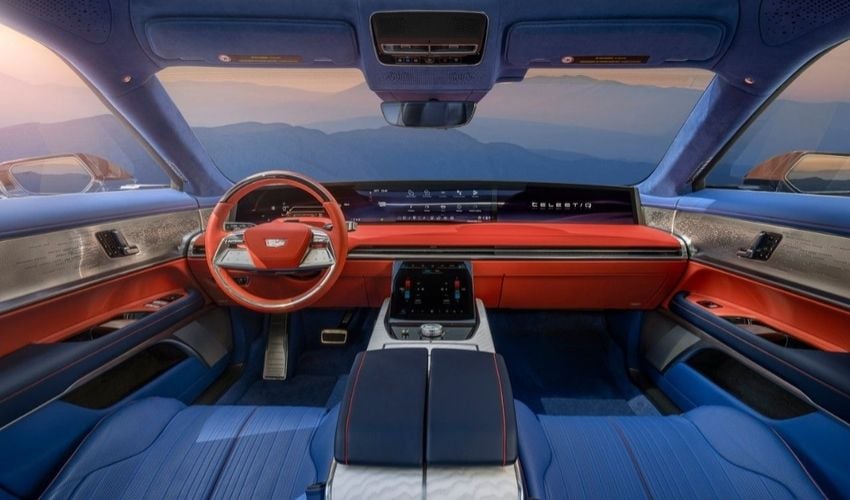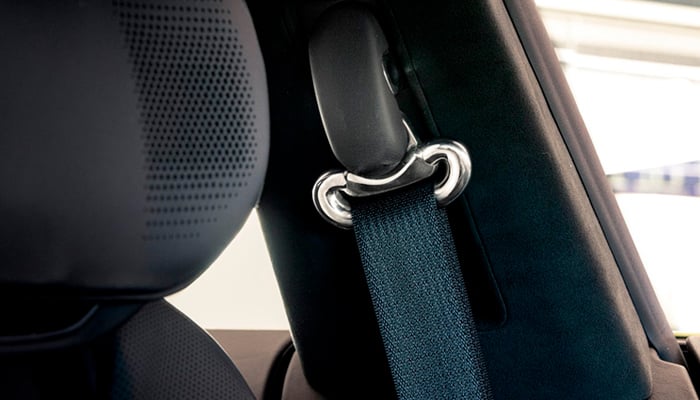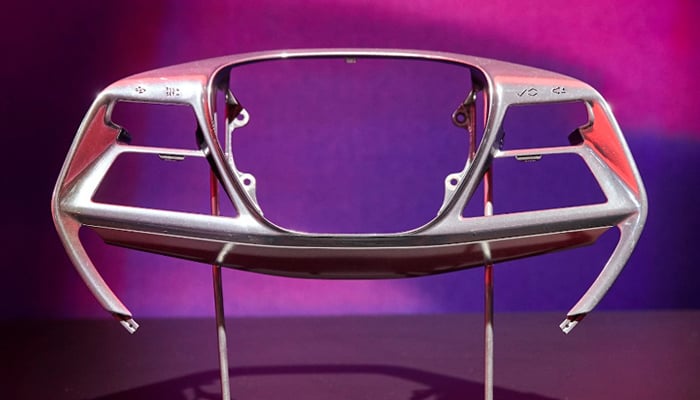Cadillac Showcases the Precision of 3D Printing with its CELESTIQ Model

General Motors (GM) has been using additive manufacturing for decades to accelerate vehicle development by creating functional prototypes. However, the company has taken it a step further by incorporating 3D printing into automobile production, particularly in low-volume models such as the Cadillac CELESTIQ. A few years ago, GM invested $81 million in additive manufacturing for the Cadillac CELESTIQ. Now, the vehicle has been unveiled with the integration of several 3D printed parts.
The CELESTIQ is a handcrafted luxury electric sedan designed to redefine the prestige of the Cadillac brand. This vehicle stands out for being one of the most customized ever manufactured by GM and for incorporating more than 130 3D printed components. The precision and versatility of this technology make it an ideal tool for creating unique, high-quality parts. Let’s take a look at the outstanding applications in this vehicle.

3D printed adjustable seat belt guide ring.
3D Printing on Cadillac CELESTIQ
One of the most representative elements is the flywheel hub, manufactured with laser powder bed fusion (L-PBF). This technique makes it possible to produce complex and resistant metal parts that would be impossible to create using traditional methods. The steering wheel part, in addition to being aesthetically refined, allows the integration of LED backlighting visible through the material, which reinforces the vehicle’s sense of sophistication. This component has become the largest metal part mass-produced by GM using 3D printing to date.
Another significant component of the CELESTIQ is the adjustable seat belt guide ring, as we see in the image above. This part, also created with additive manufacturing, represents the first application of a 3D printed metal safety component by GM. The manufacturing of these parts takes place primarily at the Additive Industrialization Center (AIC) located on GM’s technology campus in Warren, Michigan. Opened in December 2020, the AIC has more than 20 machines capable of printing in polymeric and metallic materials, occupying an area of 1,400 square meters.
Brennon White, technical specialist for advanced manufacturing production applications at GM, explains, “When looking at whether to use additive manufacturing, we ask ‘can it meet the functional requirements, and does it make sense economically?’ If the answer is yes to both, we know we should target AM. That’s what we did with CELESTIQ – and additive gave us something that we never could have achieved otherwise.” Other parts were initially developed at AIC and then produced by specialized suppliers. These include window switches, handles, decorative console elements and internal structures. This model has the highest concentration of 3D-printed components in GM’s entire lineup. For more information on the company’s use of the technology, click here.

One of the company’s largest 3D printed metal parts.
What do you think of Cadillac’s use of 3D printing? Let us know in a comment below or on our LinkedIn and Facebook pages! Don’t forget to sign up for our free weekly Newsletter here, the latest 3D printing news straight to your inbox. You can also find all our videos on our YouTube channel.
*All Photo Credits: General Motors









The article makes me feel connected – very sympathetic to the things you mentioned. Thank you for writing that.